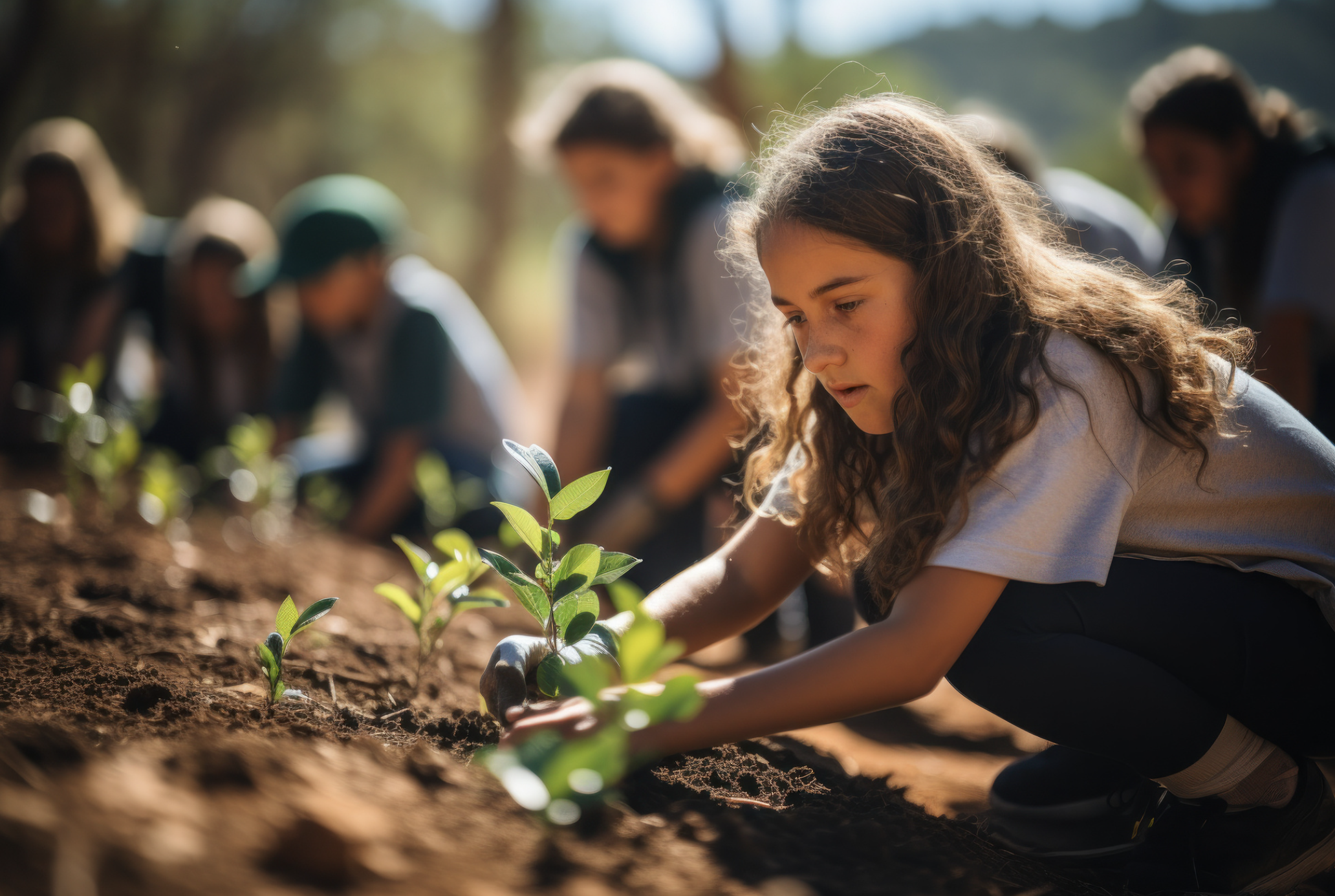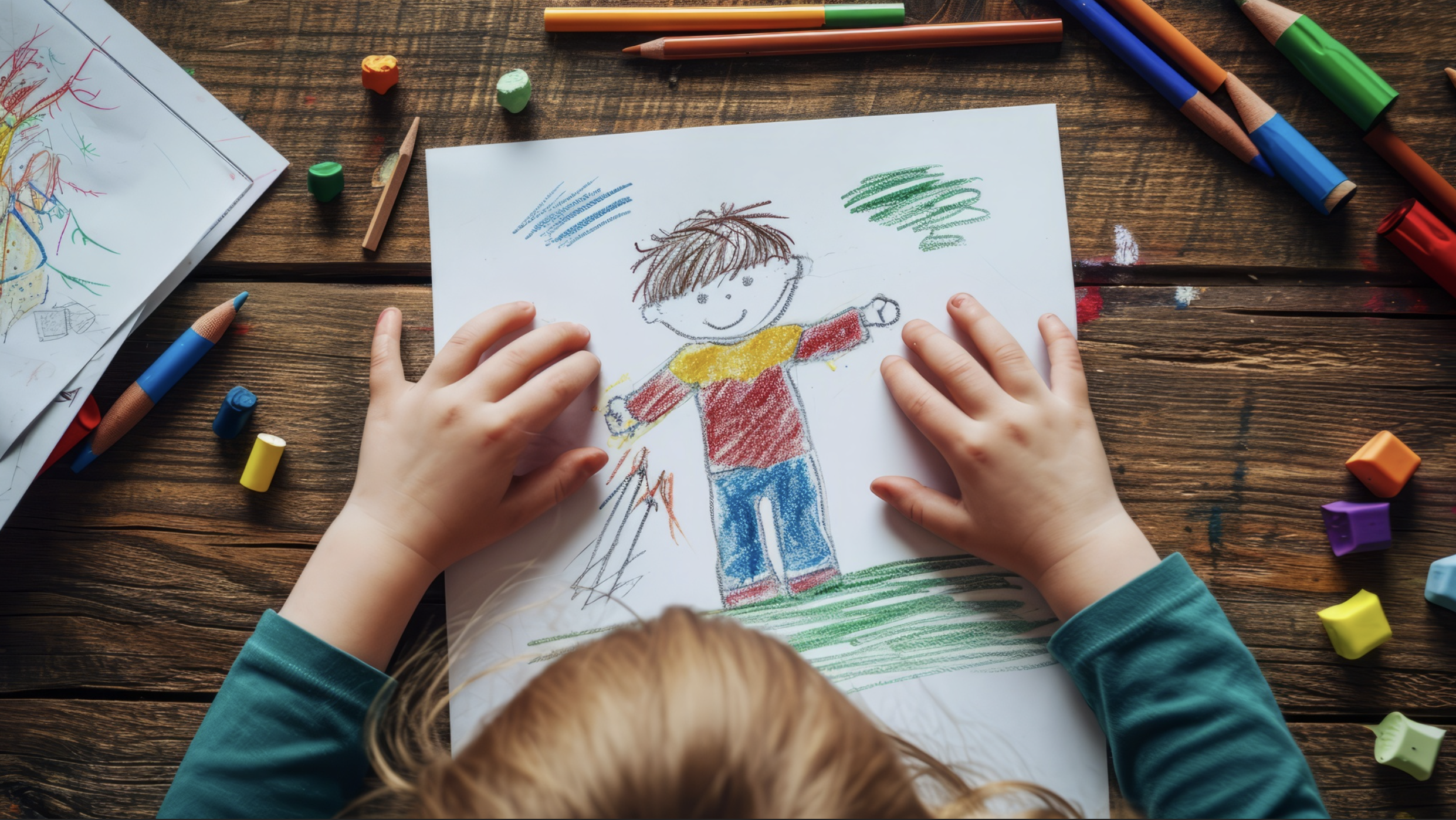10 Ways Kids Benefit From Hands-On Learning

Hands-on learning is a powerful approach to help children grasp complex concepts, develop critical skills, and foster a lifelong love for learning.
Unlike traditional lecture-based teaching methods, hands-on learning involves active participation and practical experiences, making abstract ideas more tangible and understandable for young minds.
This method has been widely endorsed by Little Learners Academy AU, and other innovative institutions, where the emphasis on experiential learning has yielded remarkable results in child development.
Below are ten ways in which hands-on learning can profoundly impact children's growth and development.
- Enhances Retention
The principle of ‘learning by doing’ is a proven method that taps into the tactile and kinesthetic experiences to solidify learning.
When children physically engage with materials—be it through building a model, conducting an experiment, or crafting an art piece—their brains are stimulated in multiple ways, leading to better memory retention.
This multi-sensory approach ensures that lessons aren't easily forgotten, as the act of doing creates a memorable experience rather than merely passive observation.
- Builds Critical Thinking Skills
Critical thinking is at the heart of hands-on learning. As children navigate through tasks, they encounter challenges that require them to assess situations, consider various solutions, and make decisions based on their observations and knowledge.
This process hones their analytical skills and teaches them to adapt and learn from their actions, laying a strong foundation for lifelong problem-solving abilities.
- Encourages Collaboration
Teamwork is a natural component of many hands-on activities. Children learn to communicate, delegate, and support one another as they work towards a common goal.
This collaborative environment fosters important social skills, such as empathy, negotiation, and the ability to work effectively in a team—qualities that are essential in both academic and real-world settings.
- Supports Different Learning Styles
Every child is unique, with their own preferred way of learning. Hands-on learning is inclusive, providing an avenue for visual, auditory, kinesthetic, and reading/writing learners to engage with material in a manner that resonates with them.
For instance, a kinesthetic learner might thrive in building a project, while a visual learner could benefit from diagrams and physical models. This adaptability ensures that all students have the opportunity to succeed.
- Promotes Creativity
Creativity is the ability to think in new and novel ways, and hands-on learning environments are ripe with opportunities for creative expression.
Whether it's designing a solution to a problem, creating a piece of art, or inventing a new game, children are encouraged to use their imaginations and think outside the box. This freedom enhances their creative abilities and fosters innovation and original thought. It's also a great idea to let your children participate in customizing Personalised Keyrings. Turning their creative drawings or handmade designs into physical objects will stimulate their creativity and leave a beautiful memory.
- Increases Engagement
Engagement is crucial for effective learning, and hands-on activities naturally capture children's interest and attention. The interactive nature of these tasks keeps learners involved and motivated, making the learning process enjoyable and exciting.
This active engagement helps prevent the disinterest and disengagement often seen in more traditional, lecture-based approaches.
- Develops Fine Motor Skills
The physical aspect of hands-on learning activities plays a significant role in developing fine motor skills.
Manipulating small objects, using tools, and performing detailed tasks require precise movements and strengthening the muscles in the hands and fingers. These skills are essential for a variety of daily activities and academic tasks, such as writing and typing.
- Boosts Self-Esteem
Completing a hands-on project provides a sense of achievement and pride. This positive feedback loop encourages children to set and accomplish goals, building their confidence and self-esteem.
With each success, learners become more willing to take on new challenges, fostering a growth mindset and resilience.
- Offers Real-World Applications
One of the most compelling aspects of hands-on learning is its ability to connect academic concepts to real-world applications.
By seeing how the material they're learning applies outside the classroom, children can understand the practical value of their education. It motivates students and helps them to envision how they might use their knowledge and skills in future endeavours.
- Fosters A Love For Learning
Ultimately, the goal of education is to cultivate a lifelong love for learning. Hands-on learning, with its emphasis on engagement, creativity, and real-world relevance, makes the learning process enjoyable and stimulating.
By experiencing the joy of discovery and the satisfaction of overcoming challenges, children develop a curiosity and enthusiasm for exploring new ideas, ensuring they remain learners for life.

Conclusion
Hands-on learning is a doorway to developing well-rounded, confident, and curious individuals who are prepared to face the world's challenges. From enhancing retention to fostering a love for learning, the benefits are vast and varied.
By prioritizing experiential learning opportunities, educators can significantly impact their students' educational journey and overall development. Through hands-on experiences, children learn not just academically but also gain invaluable life skills that will serve them well beyond the classroom.






